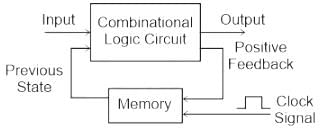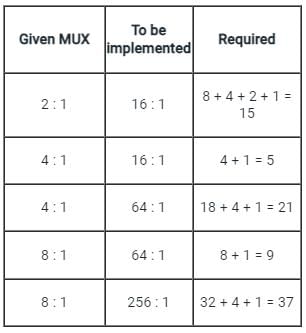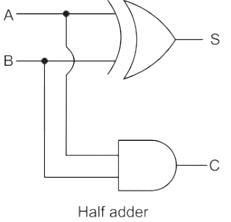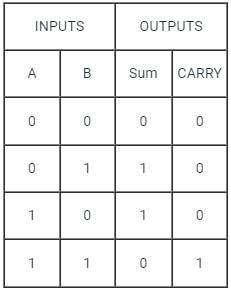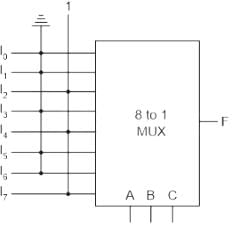Electronics and Communication Engineering (ECE) Exam > Electronics and Communication Engineering (ECE) Tests > Test: Combinational Logic Circuits - Electronics and Communication Engineering (ECE) MCQ
Test: Combinational Logic Circuits - Electronics and Communication Engineering (ECE) MCQ
Test Description
10 Questions MCQ Test - Test: Combinational Logic Circuits
Test: Combinational Logic Circuits for Electronics and Communication Engineering (ECE) 2025 is part of Electronics and Communication Engineering (ECE) preparation. The Test: Combinational Logic Circuits questions and answers have been prepared
according to the Electronics and Communication Engineering (ECE) exam syllabus.The Test: Combinational Logic Circuits MCQs are made for Electronics and Communication Engineering (ECE) 2025 Exam.
Find important definitions, questions, notes, meanings, examples, exercises, MCQs and online tests for Test: Combinational Logic Circuits below.
Solutions of Test: Combinational Logic Circuits questions in English are available as part of our course for Electronics and Communication Engineering (ECE) & Test: Combinational Logic Circuits solutions in
Hindi for Electronics and Communication Engineering (ECE) course.
Download more important topics, notes, lectures and mock test series for Electronics and Communication Engineering (ECE) Exam by signing up for free. Attempt Test: Combinational Logic Circuits | 10 questions in 30 minutes | Mock test for Electronics and Communication Engineering (ECE) preparation | Free important questions MCQ to study for Electronics and Communication Engineering (ECE) Exam | Download free PDF with solutions
Test: Combinational Logic Circuits - Question 1
Which of the following circuit has its output dependent only upon the present input?
Detailed Solution for Test: Combinational Logic Circuits - Question 1
Test: Combinational Logic Circuits - Question 2
Construct a 16 × 1 multiplexer using 2 × 1 multiplexer. How many 2 × 1 multiplexer are required to construct?
Detailed Solution for Test: Combinational Logic Circuits - Question 2
Detailed Solution for Test: Combinational Logic Circuits - Question 3
Test: Combinational Logic Circuits - Question 4
In a half adder, the carry output is high if the inputs are:
Detailed Solution for Test: Combinational Logic Circuits - Question 4
Test: Combinational Logic Circuits - Question 5
Which of the following is an example of a combinational logic circuit?
Detailed Solution for Test: Combinational Logic Circuits - Question 5
Test: Combinational Logic Circuits - Question 6
In half adder, the total number of inputs and outputs are:
Detailed Solution for Test: Combinational Logic Circuits - Question 6
Test: Combinational Logic Circuits - Question 7
The full adder circuit can be implemented using:
Detailed Solution for Test: Combinational Logic Circuits - Question 7
Test: Combinational Logic Circuits - Question 8
For the multiplexer shown below, the number of selection lines is equal to ________?

Detailed Solution for Test: Combinational Logic Circuits - Question 8
Test: Combinational Logic Circuits - Question 9
Which logic gate is used in the construction of a half adder?
Detailed Solution for Test: Combinational Logic Circuits - Question 9
Test: Combinational Logic Circuits - Question 10
Which of the following is NOT a characteristic of combinational circuits?
Detailed Solution for Test: Combinational Logic Circuits - Question 10
Information about Test: Combinational Logic Circuits Page
In this test you can find the Exam questions for Test: Combinational Logic Circuits solved & explained in the simplest way possible.
Besides giving Questions and answers for Test: Combinational Logic Circuits, EduRev gives you an ample number of Online tests for practice
Download as PDF



